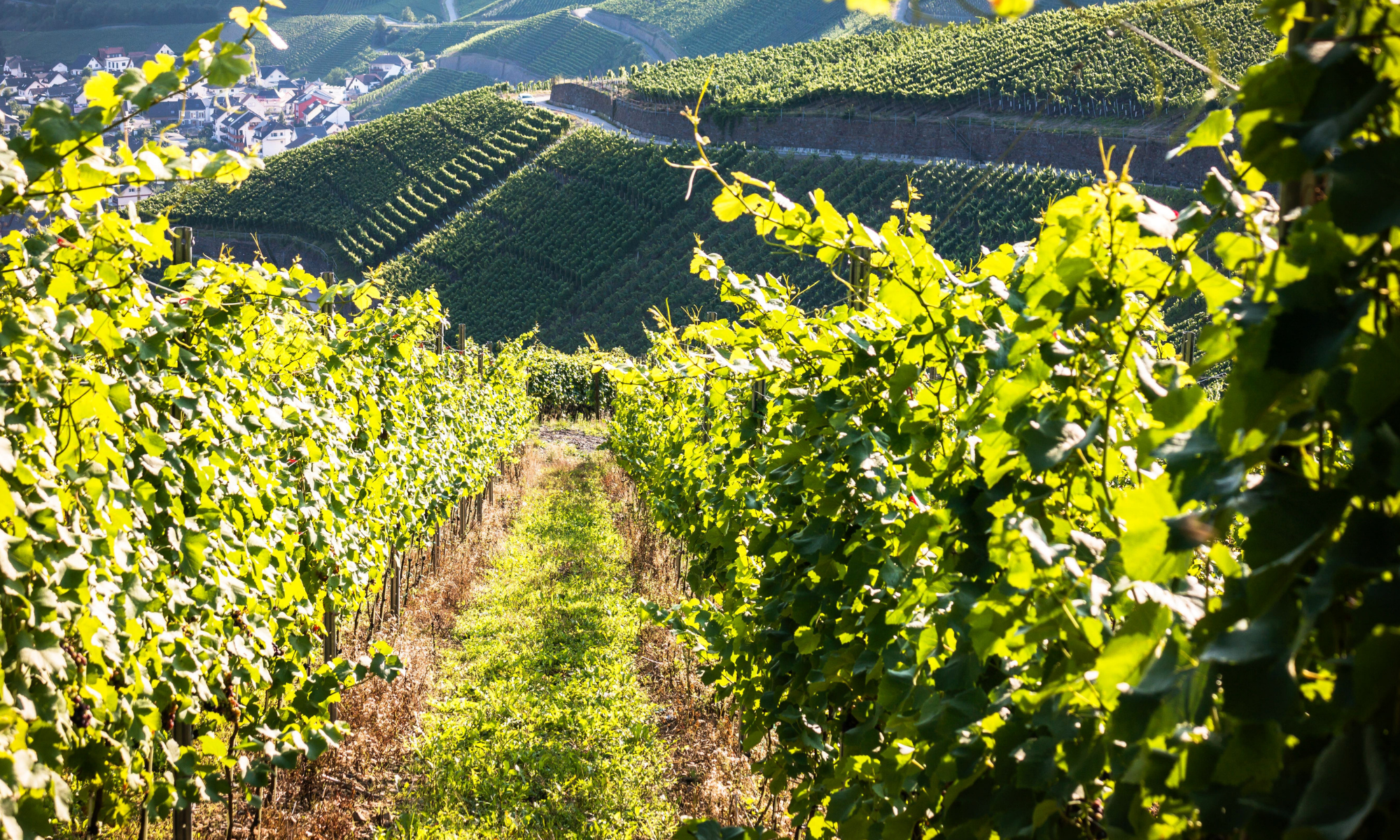 Too many people, including some elected leaders, seem not to understand the difference between weather and climate. So I am relieved to find books for kids that are grounded in climate science. Searchlight Books (Lerner) recently published a series on climate change. The books are each 32 pages long, and aimed for students in 3rd -5th grade.
Too many people, including some elected leaders, seem not to understand the difference between weather and climate. So I am relieved to find books for kids that are grounded in climate science. Searchlight Books (Lerner) recently published a series on climate change. The books are each 32 pages long, and aimed for students in 3rd -5th grade.
Climate Change and Energy Technology, written by Rebecca E. Hirsch, is divided into four chapters. In the first she clarifies what climate change is. It is not the weather, which changes from day to day. Climate is the “usual weather for a place”, but as we have been learning, what is “usual” has been changing over the past decade. And the warming climate has contributes to more extreme storms, including blizzards.
Hirsch devotes a chapter to energy: fossil fuels, wind, sun, geothermal, and hydro. She examines inventions that increase energy efficiency as well as create new ways to capture, store, and use energy. Think about the increasing number of electric vehicles on the road and the emerging need for quick-charging stations.
Her last chapter explores how we will energize out future. How can we build better batteries? Are there untapped renewable energy sources that we could harness?
“STEM in Depth” sidebars explain how solar panels work and how tidal power is captured. The book ends with four things anyone of any age can do to help reduce their carbon footprint. There’s also a glossary and resources for further investigation.
There are five more books in the series:
Climate Change and Air Quality
Climate Change and Extreme Storms
Climate Change and Life on Earth
Climate Change and Rising Sea Levels
Climate Change and Rising Temperatures

It’s STEM Friday! (STEM is Science, Technology, Engineering, and Mathematics)
Copyright © 2019 Sue Heavenrich All Rights Reserved.





 I love the National Geographic Kid’s books for early readers. Here are two recent bo
I love the National Geographic Kid’s books for early readers. Here are two recent bo








